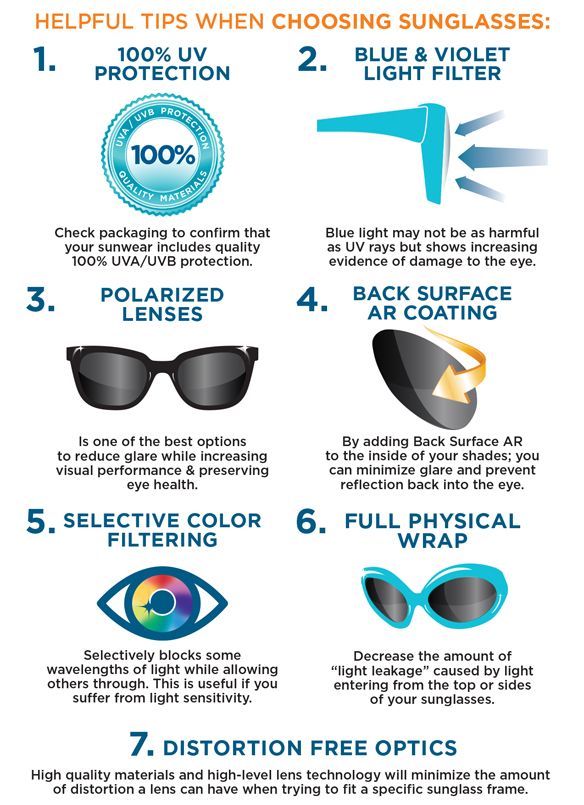
Sunglasses are more than just a stylish accessory—they are an essential tool for protecting your eyes from harmful UV rays, glare, and environmental irritants. While a trendy pair of sunglasses can elevate your look, choosing the right one ensures both fashion and function.
In this guide, we’ll explore why sunglasses are important, how to select the right pair, and how to care for them while staying effortlessly stylish.
1. The Importance of Sunglasses for Eye Protection
Your eyes are highly sensitive to sunlight and environmental conditions. Sunglasses act as a shield, preventing damage caused by:
☀️ UV Rays & Long-Term Eye Health
- Prolonged exposure to UVA and UVB rays can increase the risk of:
✅ Cataracts (clouding of the eye lens)
✅ Macular degeneration (damage to central vision)
✅ Photokeratitis (sunburn of the eyes)
✅ Skin cancer around the eyes
💡 Quick Fact: Even on cloudy days, UV rays can penetrate through clouds, making sunglasses a year-round necessity.
🌫️ Glare Reduction for Clearer Vision
- Bright reflections from surfaces like water, glass, and snow strain the eyes.
- Polarized sunglasses cut glare and enhance contrast, making outdoor activities safer and more comfortable.
💨 Protection Against Wind, Dust, & Pollution
- Dust and dry air can cause eye irritation and discomfort.
- Wraparound sunglasses offer full coverage, preventing foreign particles from entering the eyes.
2. How to Choose the Right Sunglasses
Not all sunglasses provide adequate protection. Here’s what you should consider when buying the perfect pair:
✅ Look for 100% UV Protection
- Check for labels that say “100% UVA & UVB protection” or “UV400.”
- Avoid sunglasses that only darken your vision without proper UV filtering.
🕶️ Understanding Different Lens Types
Your choice of lens type depends on your daily activities:
🔹 Polarized Lenses: Best for reducing glare from water, snow, and roads. Ideal for driving, fishing, and outdoor sports.
🔹 Photochromic Lenses: Adjust to light conditions, darkening in sunlight and clearing indoors. Perfect for all-day wear.
🔹 Gradient Lenses: Darker at the top, lighter at the bottom—helpful for driving and reading outdoors.
🔹 Mirror-Coated Lenses: Reduce glare in extremely bright environments, such as high-altitude areas.
🎨 Choosing the Right Lens Color
The color of your lenses affects your vision clarity and contrast:
🔹 Gray or Green: Reduces brightness without color distortion—great for general use.
🔹 Brown or Amber: Enhances contrast, perfect for outdoor activities like golf and cycling.
🔹 Yellow or Orange: Improves vision in low-light conditions—ideal for night driving.
🔹 Blue or Purple: Mostly aesthetic, but they can improve visibility in foggy weather.
🔥 Frame Size & Fit Matter
- Larger frames offer better protection by blocking peripheral light.
- Wraparound styles provide maximum coverage from UV rays and wind.
- Ensure a snug but comfortable fit—frames shouldn’t slide down your nose or pinch your temples.
3. Finding Sunglasses That Suit Your Face Shape
Sunglasses not only protect your eyes but also enhance your facial features. Choosing the right shape can balance your face structure and highlight your best features.
👱 Oval Face: Most styles work! Aviators, wayfarers, and oversized frames suit you well.
😎 Round Face: Go for angular frames (square, rectangular) to add structure to soft features.
🕶️ Square Face: Round or oval frames help soften sharp jawlines.
👓 Heart-Shaped Face: Cat-eye and aviators balance a wider forehead with a narrower chin.
🤓 Diamond Face: Rimless or oval sunglasses complement high cheekbones beautifully.
💡 Pro Tip: Try on different styles and see what feels comfortable and reflects your personality.
4. How to Care for Your Sunglasses
To keep your sunglasses in top condition and ensure clear vision:
✔ Store them in a protective case when not in use to prevent scratches.
✔ Use a microfiber cloth to clean lenses instead of tissues or clothing (which can scratch them).
✔ Rinse with water before wiping to remove dust particles.
✔ Avoid leaving sunglasses in hot places (like your car dashboard), as heat can warp frames and damage lenses.
5. When Should You Wear Sunglasses? (It’s Not Just for Summer!)
Sunglasses should be worn year-round to protect your eyes from various conditions:
❄️ Winter: Snow reflects up to 80% of UV rays—sunglasses reduce glare and prevent snow blindness.
🚗 Driving: Helps reduce road glare and improves visibility.
🏖️ Beach & Water Sports: Prevents excessive UV exposure from reflections off water.
🏕️ Outdoor Workouts: Protects against wind, dust, and pollen.
⛰️ High Altitudes: UV rays are stronger at higher elevations—wear sunglasses while hiking or skiing.
Final Thoughts: Style Meets Protection
Sunglasses are one of the simplest yet most effective ways to protect your eyes while elevating your look. Whether you’re picking a pair for fashion, function, or both, always prioritize UV protection, the right lens type, and a flattering fit.
So next time you step outside, don’t forget your shades—because looking good should never come at the cost of your eye health! 😎